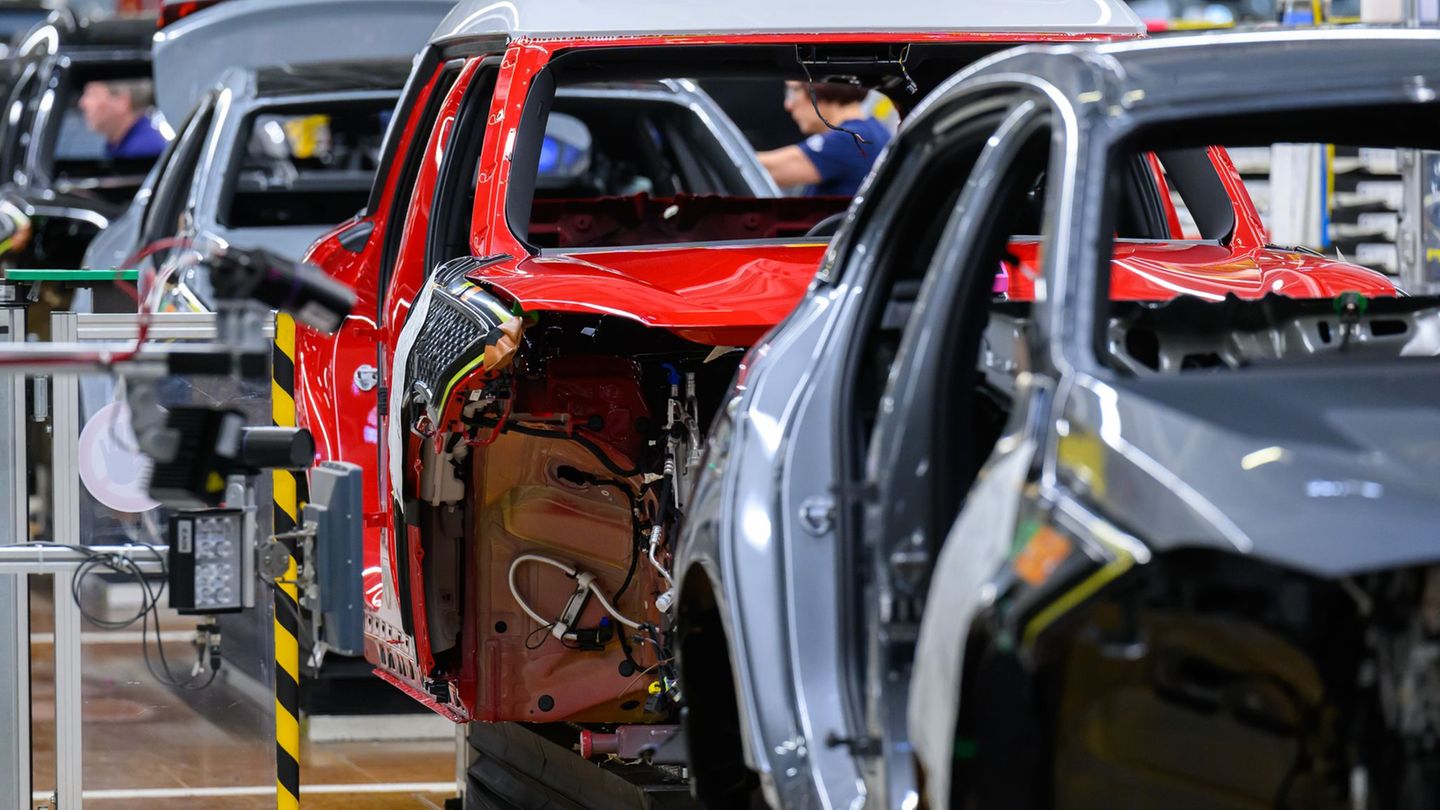Employees of large companies spend 18 hours a year on further training. According to a study, smaller companies spend significantly more time on further training – but they find it more difficult to inspire employees.
In smaller companies in Germany, further training is often more important than in medium-sized and large companies. This is the result of a study by the Competence Center for Skilled Labor (Kofa) of the German Economic Institute, which is close to employers. Employees in small companies receive an average of 23.9 hours of further training per year, which is longer than employees of medium-sized (19.1) and large companies (18.1).
For the study, human resources managers from more than 950 companies were surveyed. Companies with fewer than 50 employees are considered small, those with 50 to 249 are considered medium-sized, and those with 250 or more are considered large. Small companies invest 1,492 euros per employee in further training each year, medium-sized companies invest 1,288 euros, and large companies invest 1,267 euros. However, large companies often benefit from cost advantages, said study author Susanne Seyda. Because they register more people, they can often buy further training measures more cheaply.
The German Social Association is critical of the fact that larger companies are investing less time and money in further training: “It is an alarming trend,” said CEO Michaela Engelmeier. Particularly in light of the fact that people are expected to work longer and longer, it is important to qualify or retrain them at an early stage. This would enable them to switch from highly stressful jobs to easier jobs if necessary. This is “the best prevention against unemployment,” said Engelmeier.
Less interest in small businesses
The importance of further training has recently increased significantly. According to Kofa, in 2016 companies invested 33.5 billion euros to train employees; in 2022 this figure was more than 46 billion euros. “In times of a shortage of skilled workers, it is becoming increasingly important that employees are willing to develop additional skills,” emphasised Seyda.
According to the survey, the biggest obstacles to further training are a lack of time and a lack of internal capacity for organization and planning. There is also another difficulty. Small and medium-sized companies often find it difficult to get employees interested in the offers. A good half complain of a lack of interest, but this is not so often the case in large companies (36.4 percent). Because further training in smaller companies is less often linked to career advancement, an important incentive is missing for employees.
Expert: Employee interviews make sense
The need for further training is assessed differently in different companies. Almost 48 percent of small or medium-sized companies see no need for it, but this is much less common in larger companies. Smaller companies often approach the topic of further training less systematically. This is also due to the fact that they do not have any staff or a special department to plan and organize offers.
“This can have negative effects because existing training needs may not be recognized, employees may be more difficult to motivate or offers may be more difficult to find if it is not clear what purpose the training is intended to serve,” said Kofa expert Seyda.
She recommends holding regular employee meetings to arouse interest and increase enthusiasm among the workforce. Development plans can be drawn up and goals agreed upon. This helps to make the benefits of further training visible and to anchor a corresponding culture more firmly.
Source: Stern




